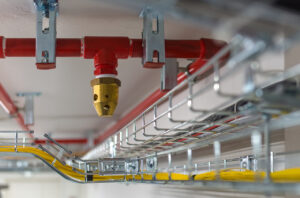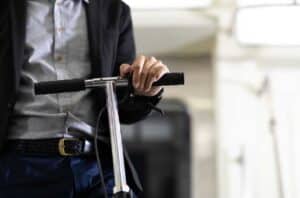Unmanned aircraft, more commonly known as drones, are becoming increasingly popular as their commercial opportunities are explored, whether these are in media and broadcasting, agriculture, delivery or monitoring and inspection applications.
Used correctly drones can have benefits for health and safety for example by removing the need for people to work at height, carrying out inspections of hard to reach equipment, improving the search part of search and rescue, monitoring emissions and controlling the spraying of chemicals in agriculture.
However the use of drones does also raise some concerns in particular regarding noise, privacy, security and safety issues. An unmanned aircraft colliding with something that was not designed or intended to withstand such an impact, for example a person, could have devastating consequences.
At the end of May the Department for Transport announced new rules restricting all drones from flying above 400 feet and within 1km of airport boundaries, these rules are to come into effect on 30/7/18.
Other new rules to come into force on 30/11/19 will require owners of drones weighing 250g or more to register with the Civil Aviation Authority and take an online safety test. You can find out more about these regulations on the Gov.UK website at: https://www.gov.uk/government/news/new-drone-laws-bring-added-protection-for-passengers
Similarly for some years the EU has been developing a strategy to support the progressive development of the unmanned aircraft market in Europe, while also addressing these concerns. The EU website http://dronerules.eu//en/ gives information on the current rules and regulations that apply in Europe for anyone flying drones.
In June the European Parliament adopted a resolution on a proposal on common rules in the field of civil aviation and establishing a European Union Aviation Safety Agency. This resolution covers issues such as the registration of unmanned aircraft and their operators, safety requirements for the aircraft and their control systems and operator training. Currently drones under 150kg are regulated at a national level, however these plans would see regulation moved to the EU.
The resolution needs to pass the European commission and it remains to be seen what the position will be once the UK has left the EU, in the meantime further information can be found on the EU’s website at: http://ec.europa.eu/growth/sectors/aeronautics/rpas_en

Second Staircases In New Tall Residential Buildings

A New Regime For Residential Buildings In Wales

Vibrating Alarms And Painted Cables – New Guidance Available

Two-Tyred: Driver Fatigue

New E-Bike and E-Scooter Safety Guidance for Public Transport Operators
